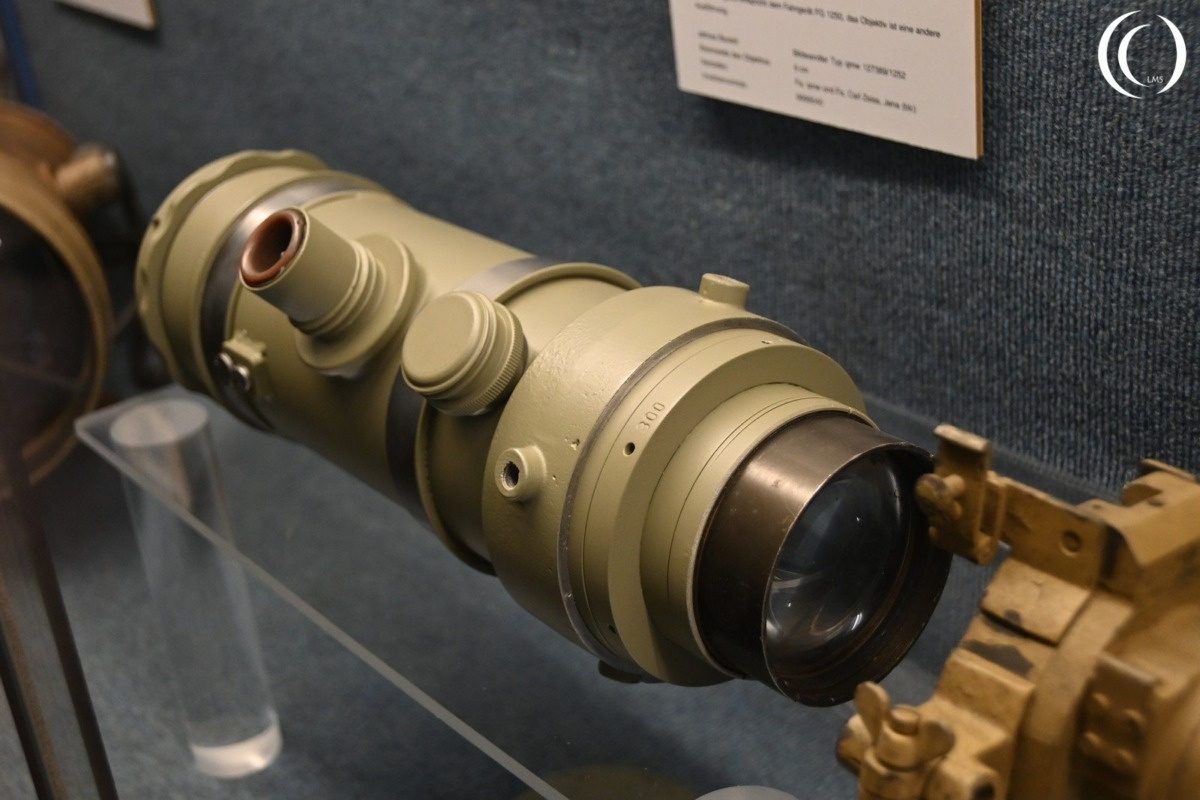
From 1941 the German optics company Carl Zeiss (Zeiss-Ikon) developed means to fight in the dark of night. Together with the AEG and Ernst Leitz GmbH firms they manufactured these state of the art devices. From 1944 the FG 1250, Fahr- und Zielgerät FG 1250 (Eng. Drive and targeting device FG 1250), were produced in large numbers.
History
When night time bombing was a new development during the war During WW1 it became necessary to see airships in the dark. The Hungarian physicist Kálmán Tihanyi invented an infrared-sensitive electronic television camera for anti-aircraft defense in the UK in 1929. Due to the development of radar these developments stayed at low level in the United Kingdom. EAG introduced night vision equipment in 1939. Two arrangements were introduced, the Sperber FG 1250 and the Vampir ZG 1229 (ZG – Zielgerät, En. Targeting device). These Sperber and Vampir (Nighthawk and Vampire) were used in different settings.
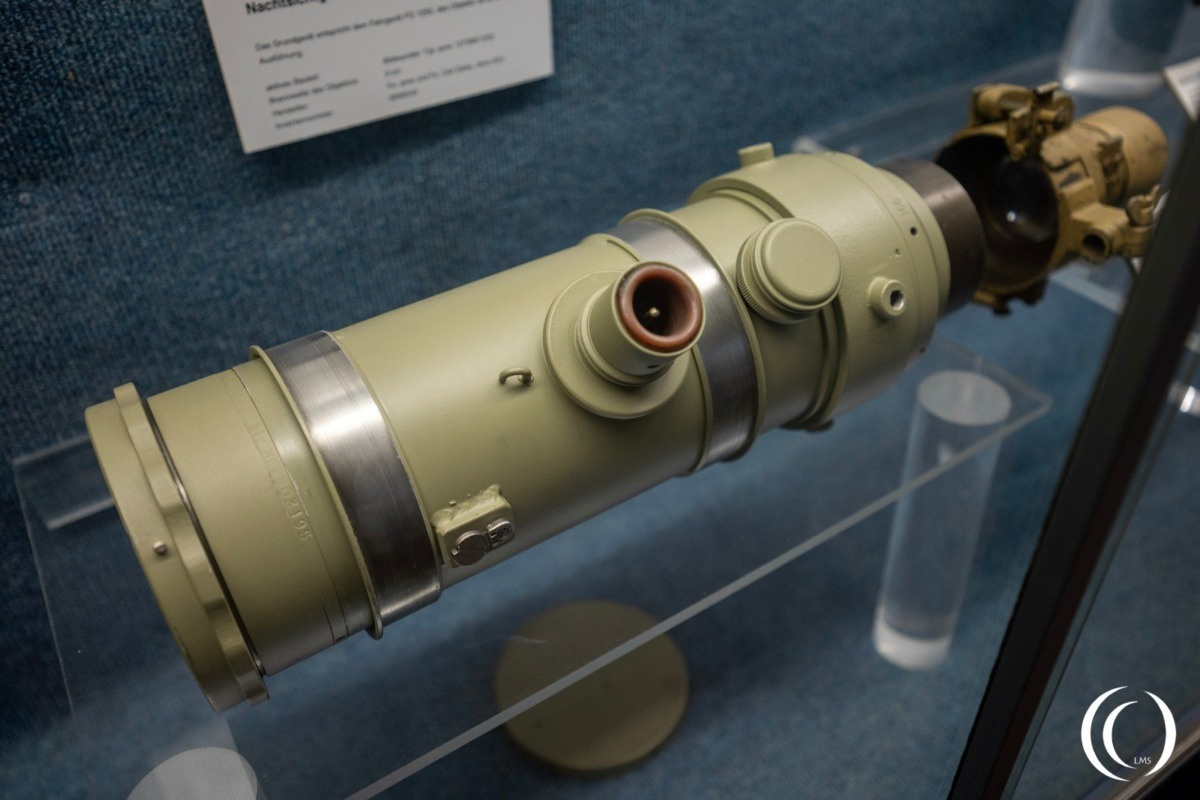
The basic unit FG 200111 corresponds to the FG 1250 driving unit, the objective is a different version though, a predecessor.
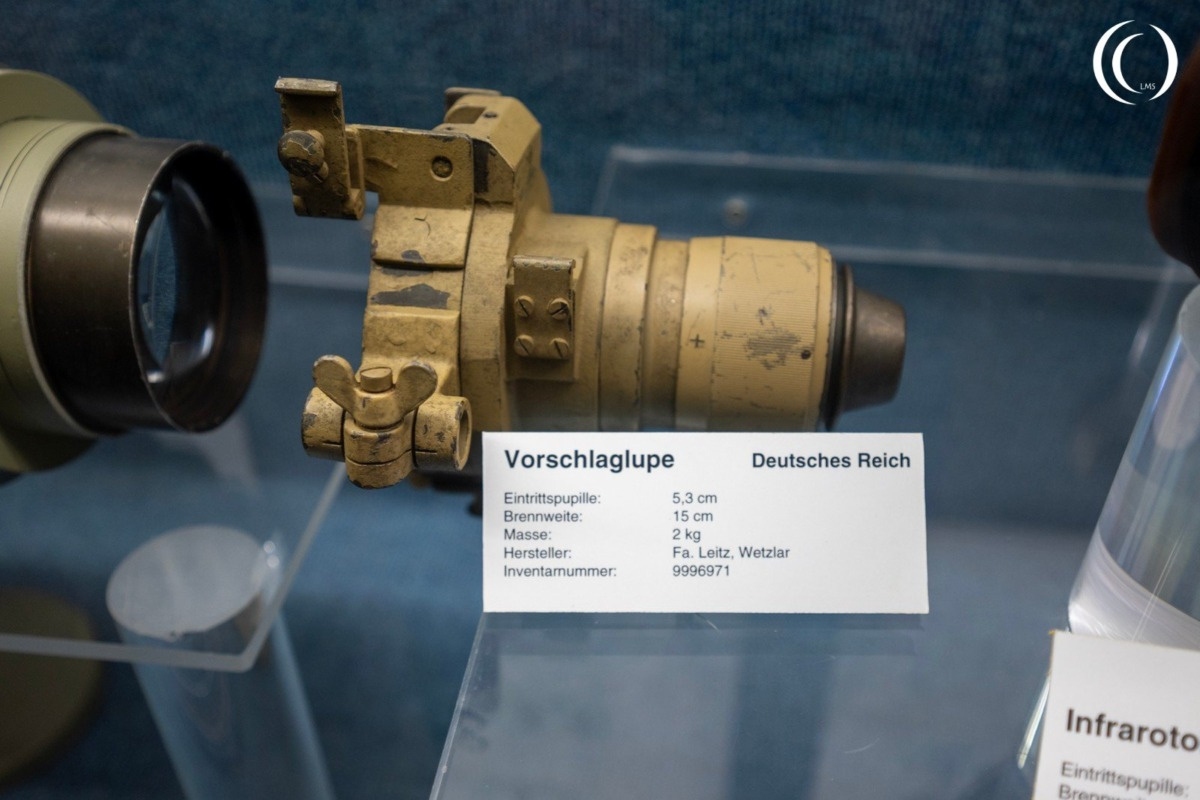
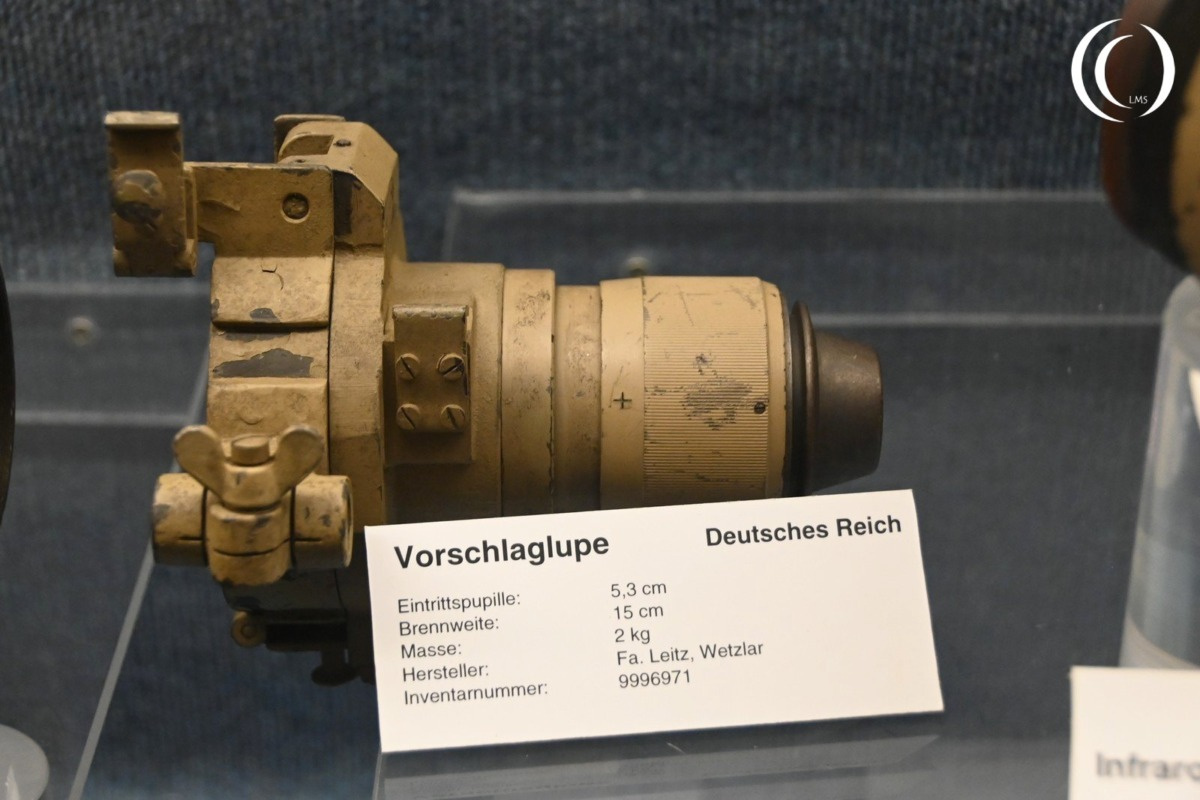
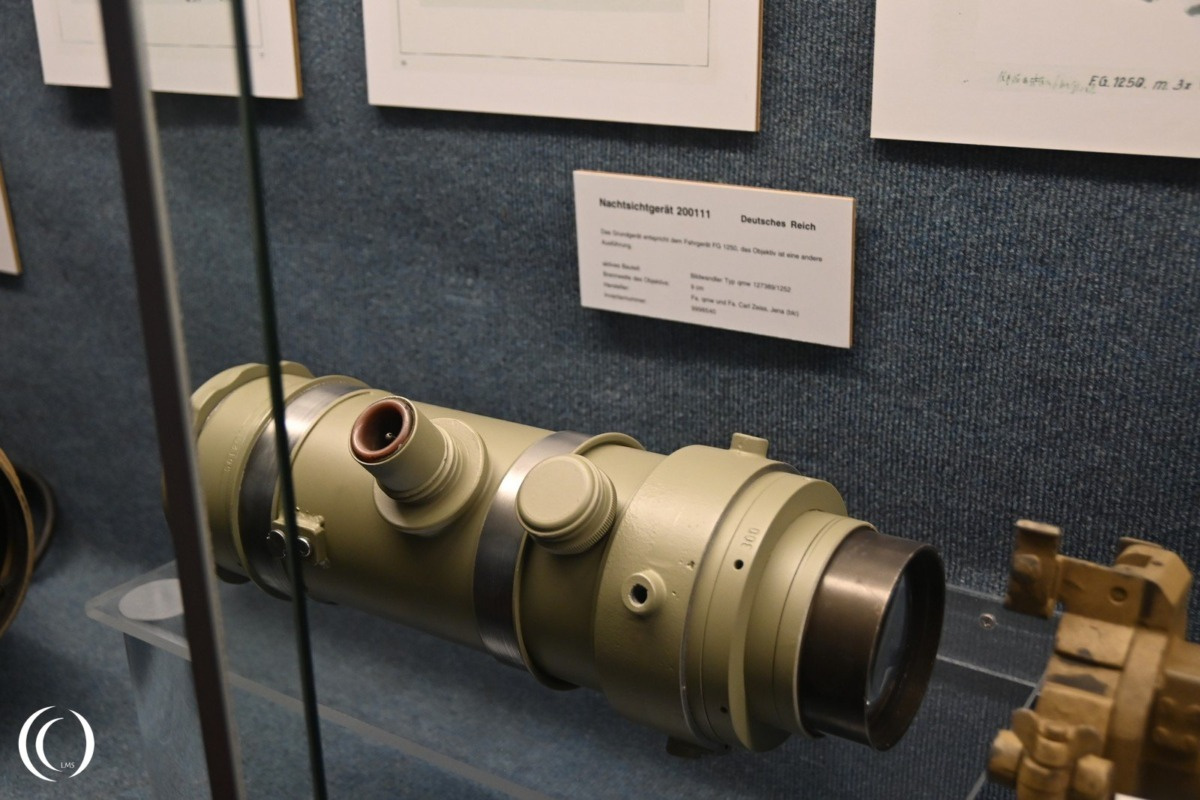
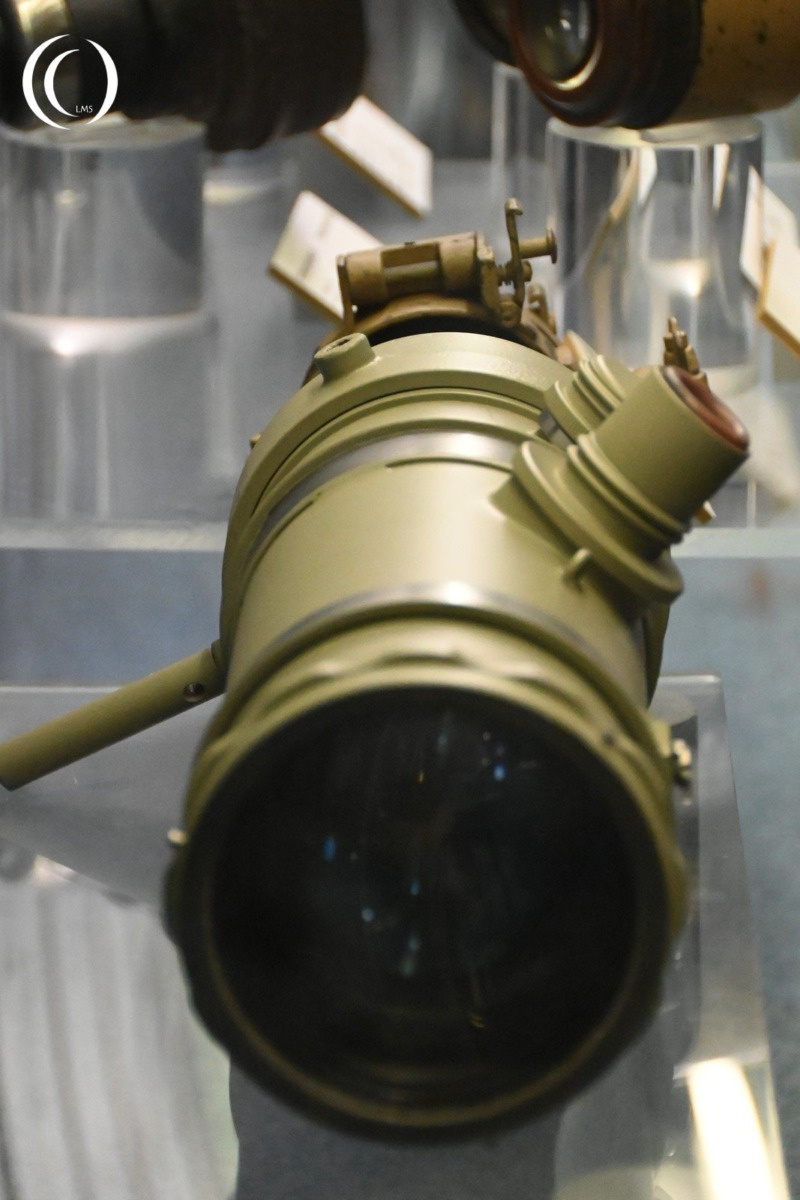
The Sperber was larger and heavier therefore used on German halftracks and Panther tanks, while the Vampir was used by German infantry together with the Sturmgewehr StG 44 assault rifle.
The United States developed the Sniperscope for the M1 and M3 carabines but it was of limited service, even during the Korean war it was not used on a broad scale. They were used to support sniper teams back then. The U.S. army began to see its full potential during the Vietnam war.
An experimental Soviet infra-red device called the PAU-2 was field-tested in 1942, and the British started further developments from 1938 together with the Dutch Philips company eventually resulting in a bulky binoculars which saw limited use with amphibious vehicles with the crossing of the Rhine in 1945 with the 79th Armoured Division. They experimented with man-portable sets on the mark III and II(S) Stengun but at the end of the war only 7 sets were built.
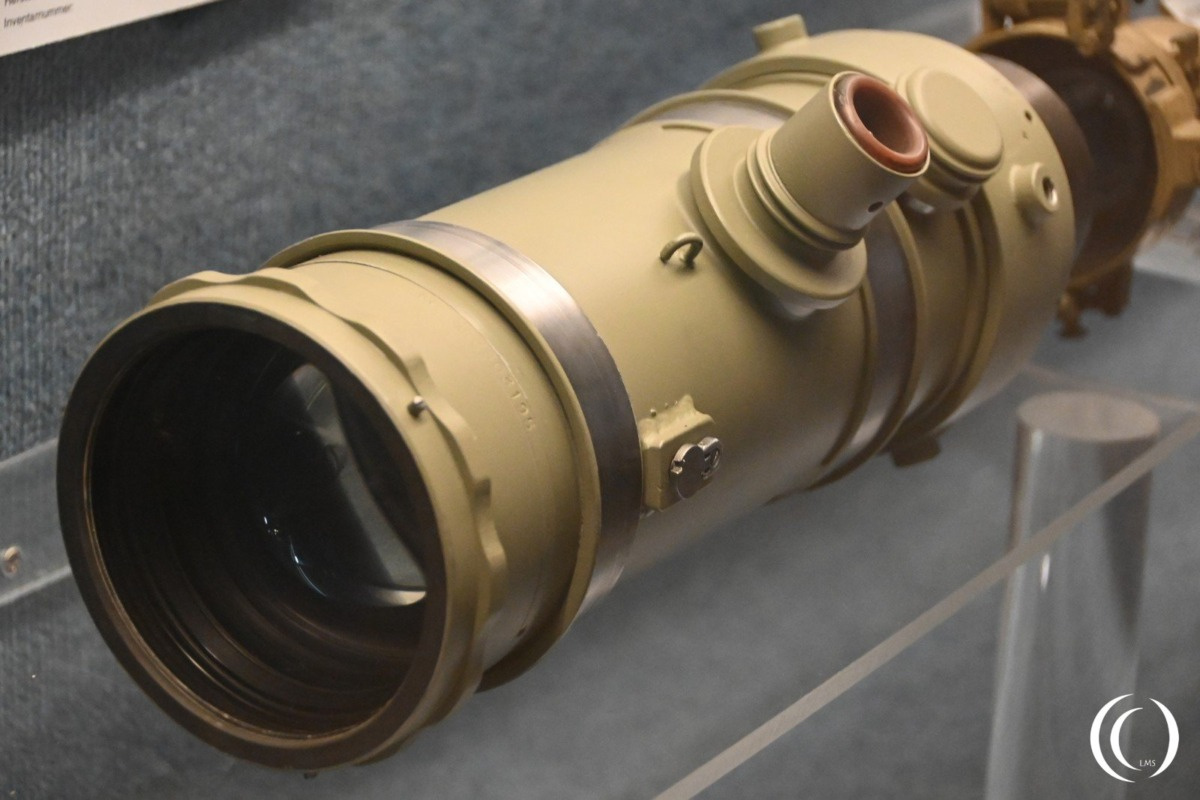
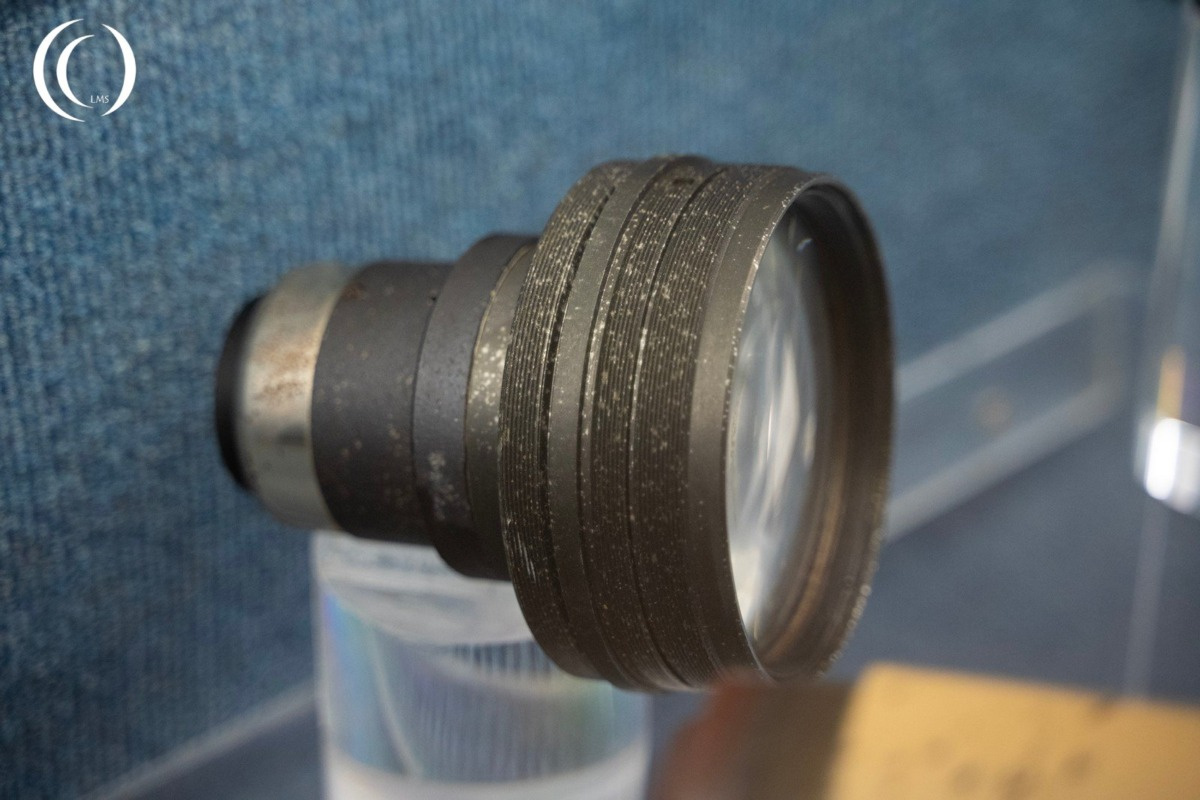
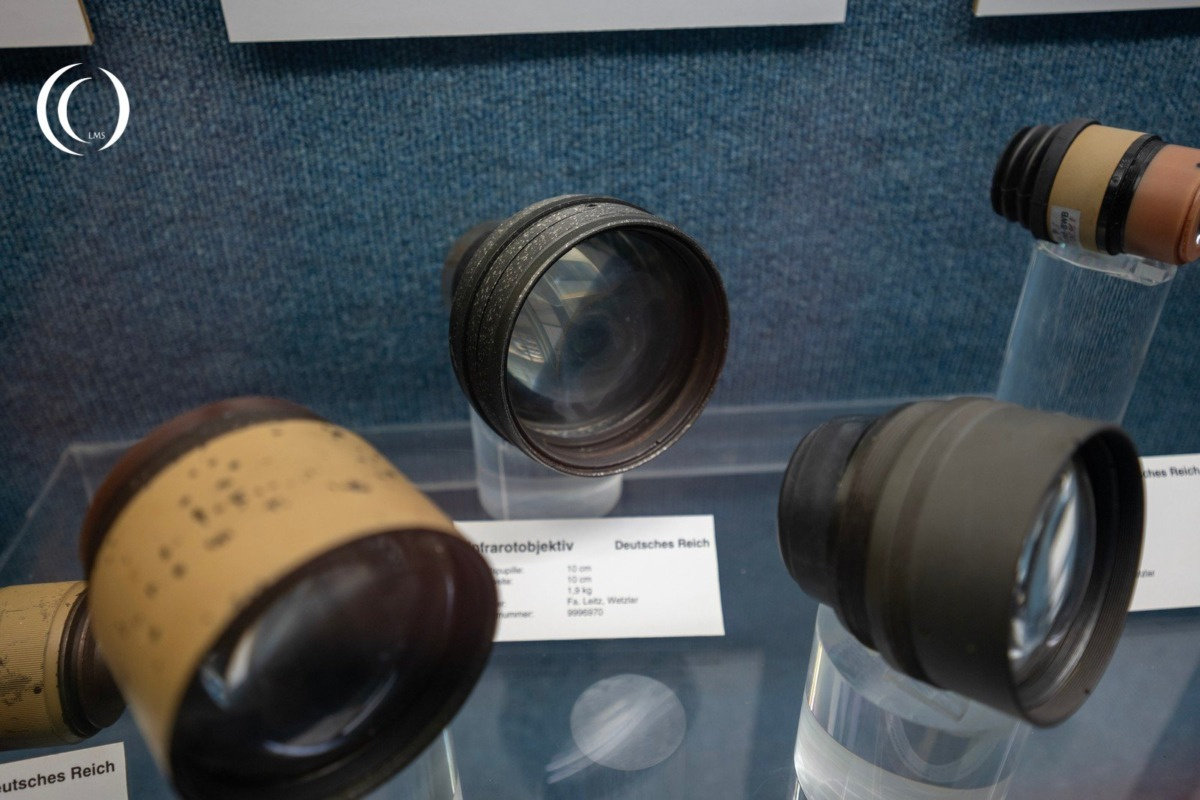
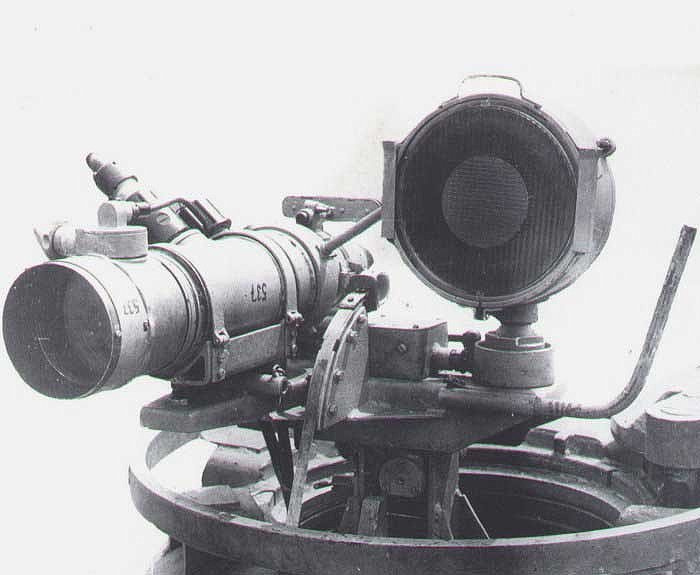
Fahr- und Zielgerät FG 1250
The infrared night vision device was installed on Halftracks which the Germans named Falke (Eng. Hawk) and on Panther tanks. Part of the munition storage inside the Panther was used for battery and equipment storage for the loss of three shells. A battery pack and an electric generator were placed inside the crew compartment and in addition the right rear storage compartment was replaced by an extra armored container for FG 1250 equipment. These first uses of the device on the Panzerkampfwagen V, Panther, had its drawback for it was only installed on top for the tank command, not for the gunner. So they had to communicate to hit their target. Secondly the FG 1250 reached 600 meters, although a large distance for a first usable set it diminished the Panthers real advantage, distance. Within 600 meters the Panther was more vulnerable for enemy tanks while during the daytime the Panter preferably stayed well out of reach. Even with these drawbacks it still was a state of the art German development within the years after WW2 and with more development is a basic piece of equipment on every modern tank today.
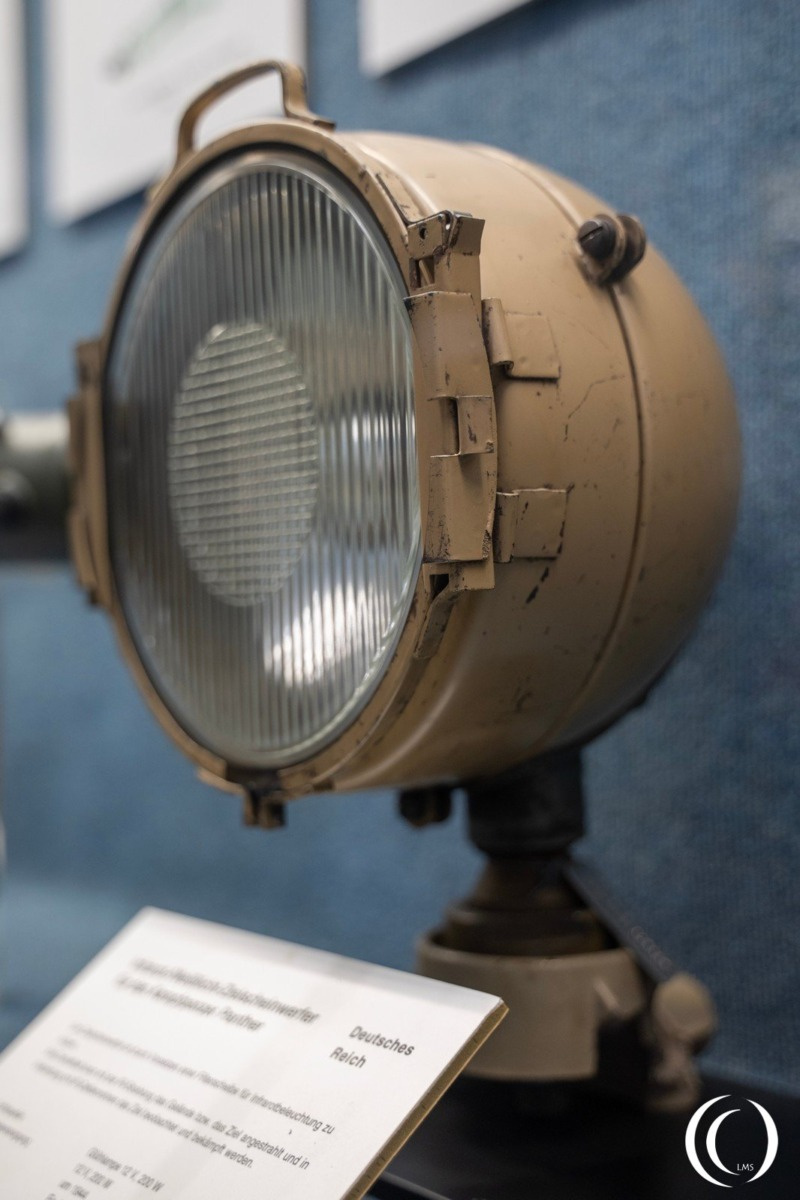
This is a Infrared white light target spotlight for the Panther. The target spotlight can be used with infrared illumination by attaching a filter disc.
In the dark, the infrared radiation can be used to illuminate the terrain or target, and in conjunction with infrared riflescopes, the target can be observed and engaged.
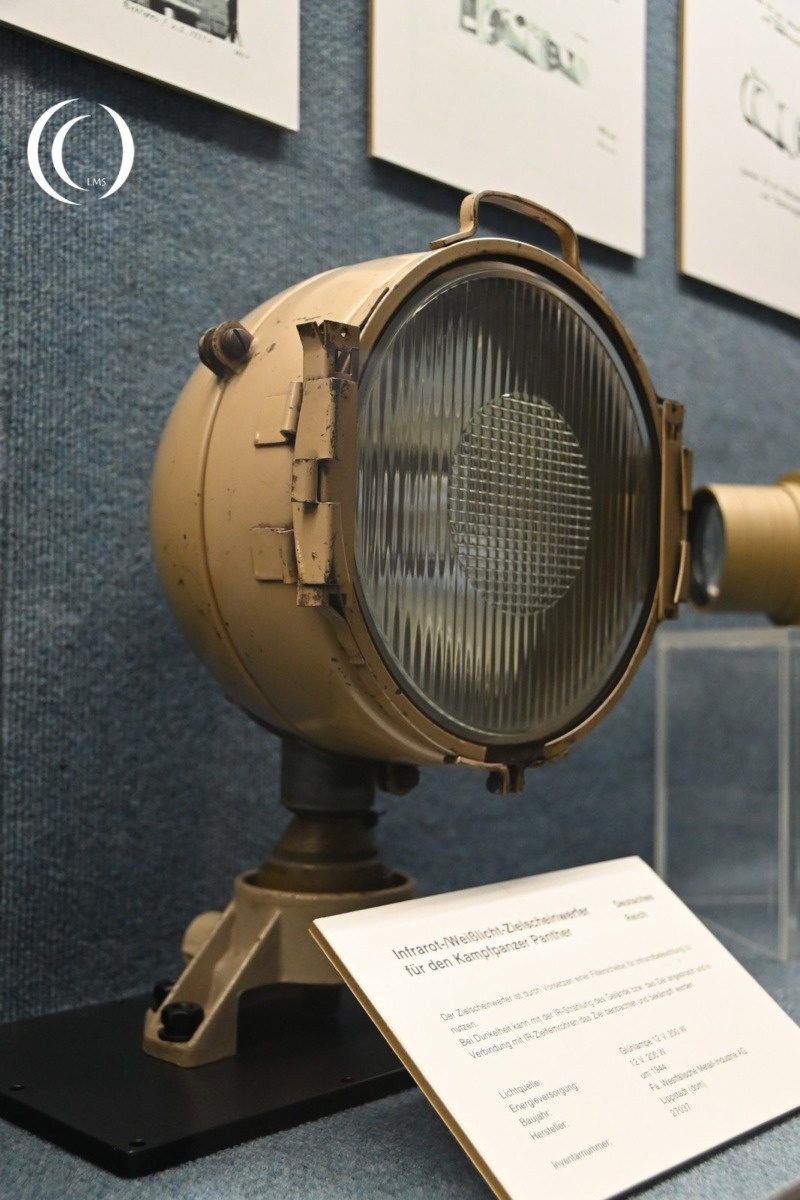
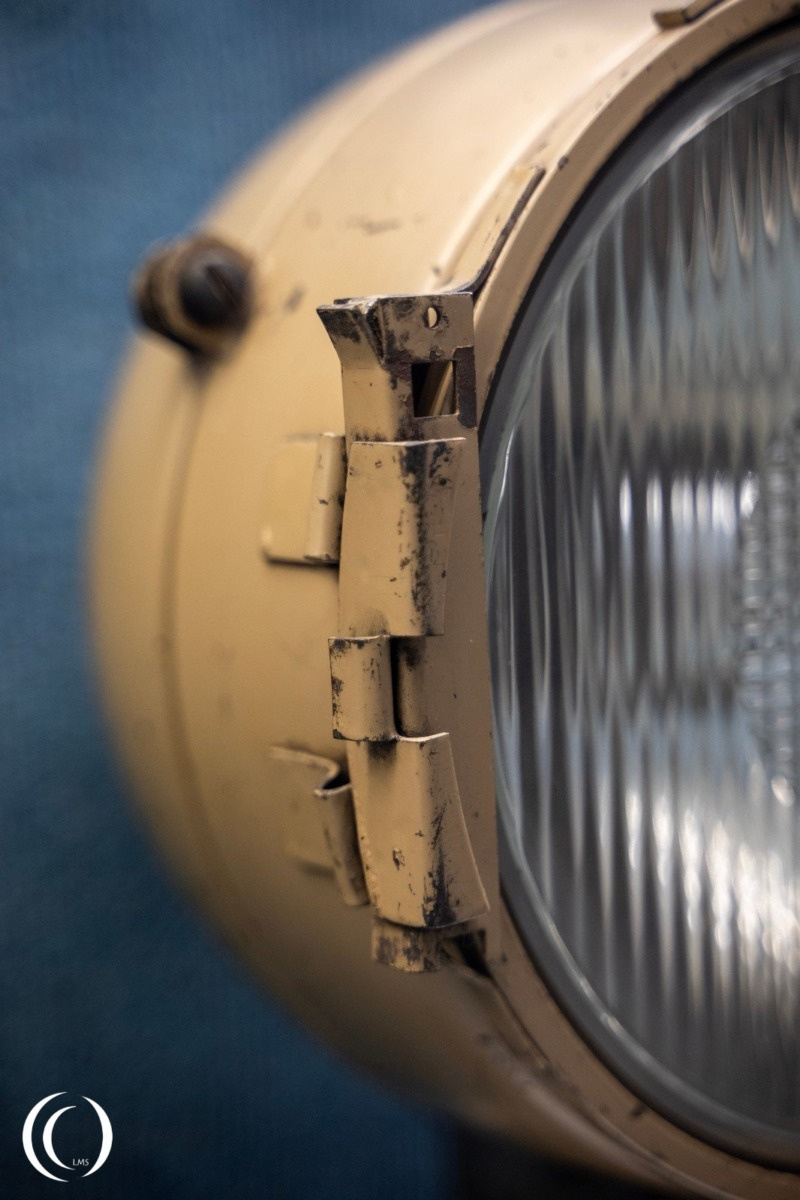
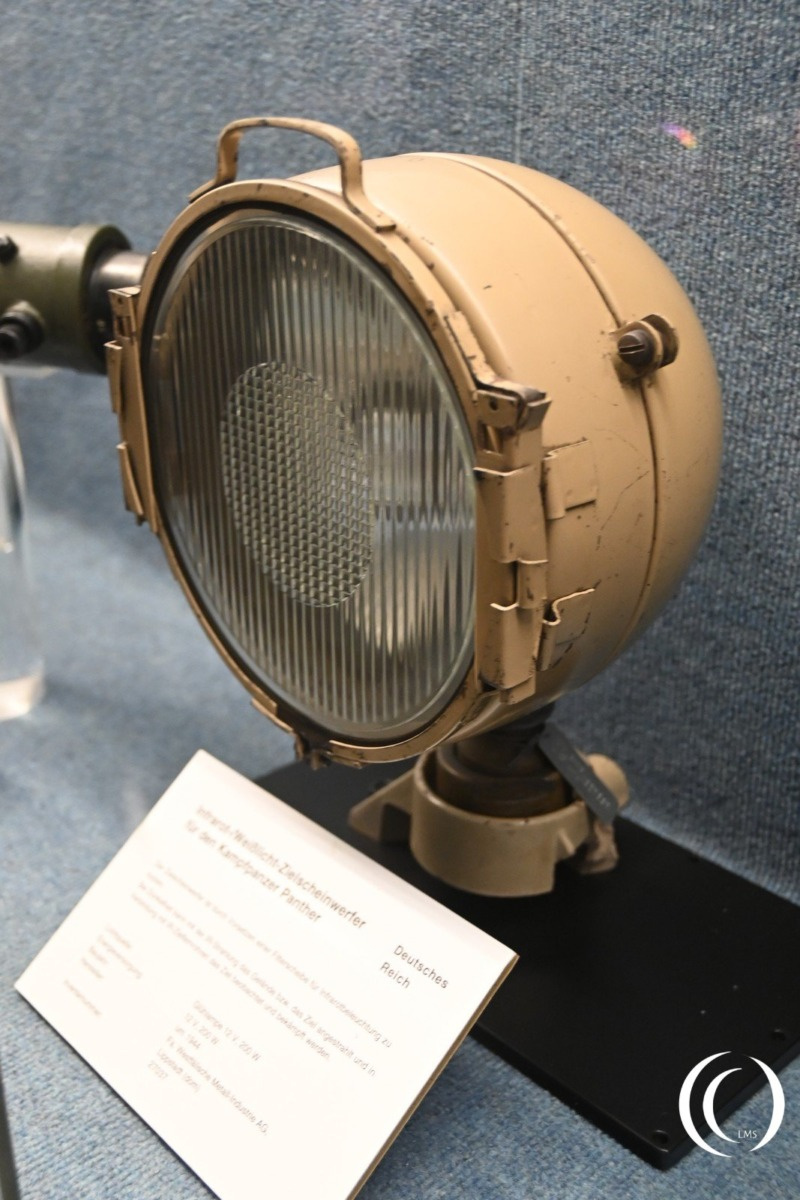
Specifications and use of the FG 1250 Nighthawk
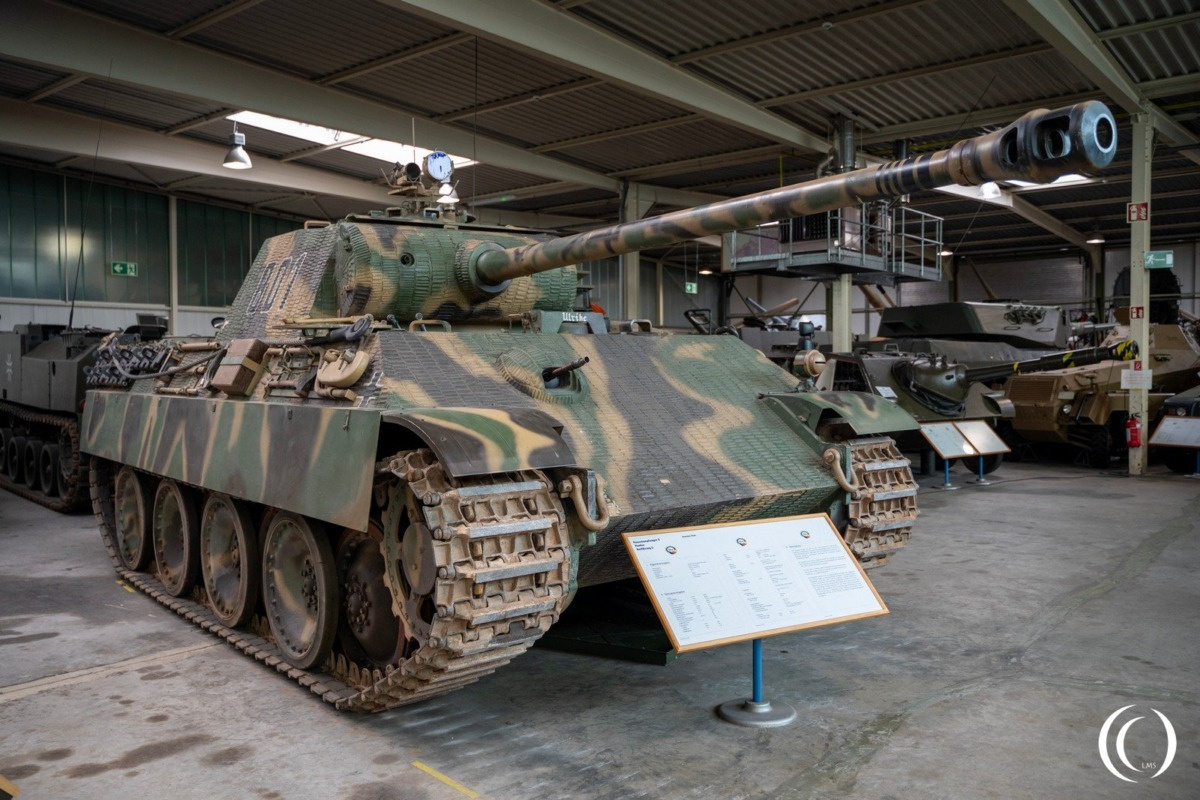
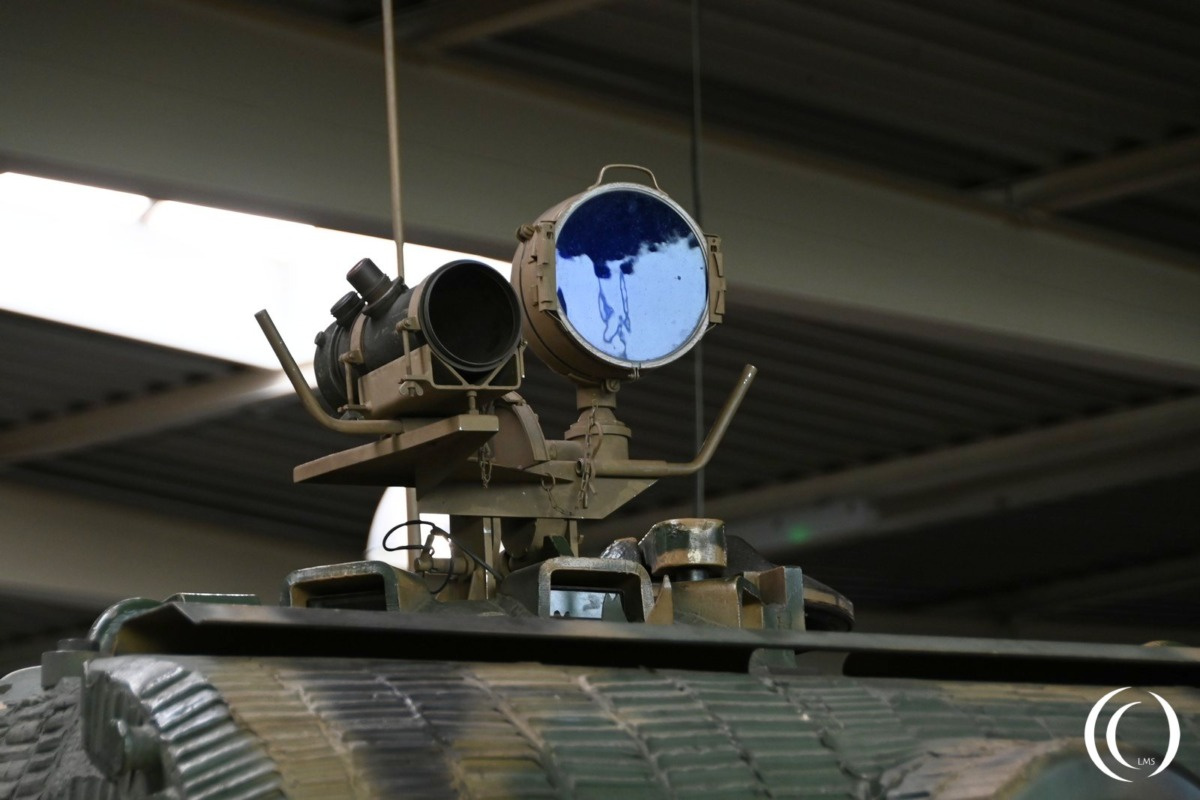
The main lens was 46 cm long with a diameter of 112 mm. Next to the main lens was a 20 cm infrared lamp with 200 Watts powered by 12 V batteries.
Effectively the FG 1250 reached a distance of 600 meters (2000 ft), decreasing the safety of the Panther tank. For this reason the Germans converted 60 cm searchlights into large infrared devices, called Uhu (Eng. Owl) and installed them on the Sd. Kfz. 251 halftrack to support the Panther during night time activities. The Panther tank together with the Uhu devices were far more effective.
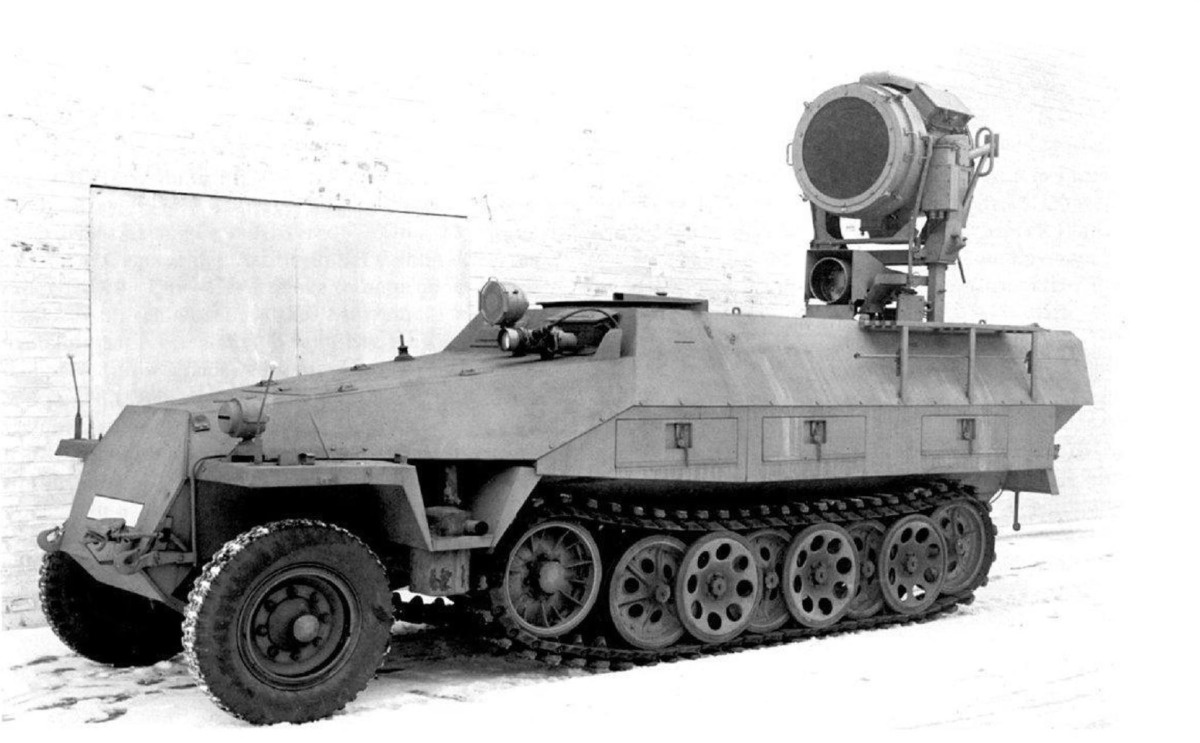
Both Panther tanks and Uhu 60 cm infrared search light equipped Halftrack were supported for close combat by the infrared Falke MG 42 machine gun equipped Sd.Kfz. 250/1 Halftracks creating a fully outfitted infrared armored night-time combat unit. Wacth more photos from both the Uhu halftrack and the Falke haltrack following this link.
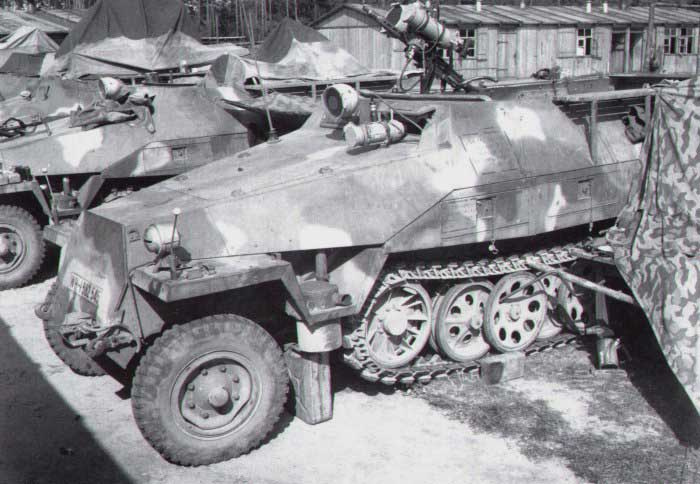
Allegedly, the 3rd Company of 1./Pz.Rgt. 24 was sent to Bergen for training with this solution. Hits were reportedly achieved at combat distances of up to 2,500 meters.
During the war about 50 Panther tanks were outfitted with these night fighting sets, they saw action on both the Eastern and Western front (numbers differ greatly while looking at multiple sources, from 44 to 63).